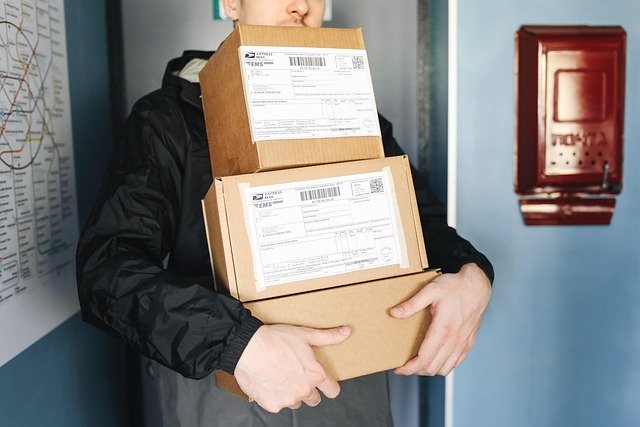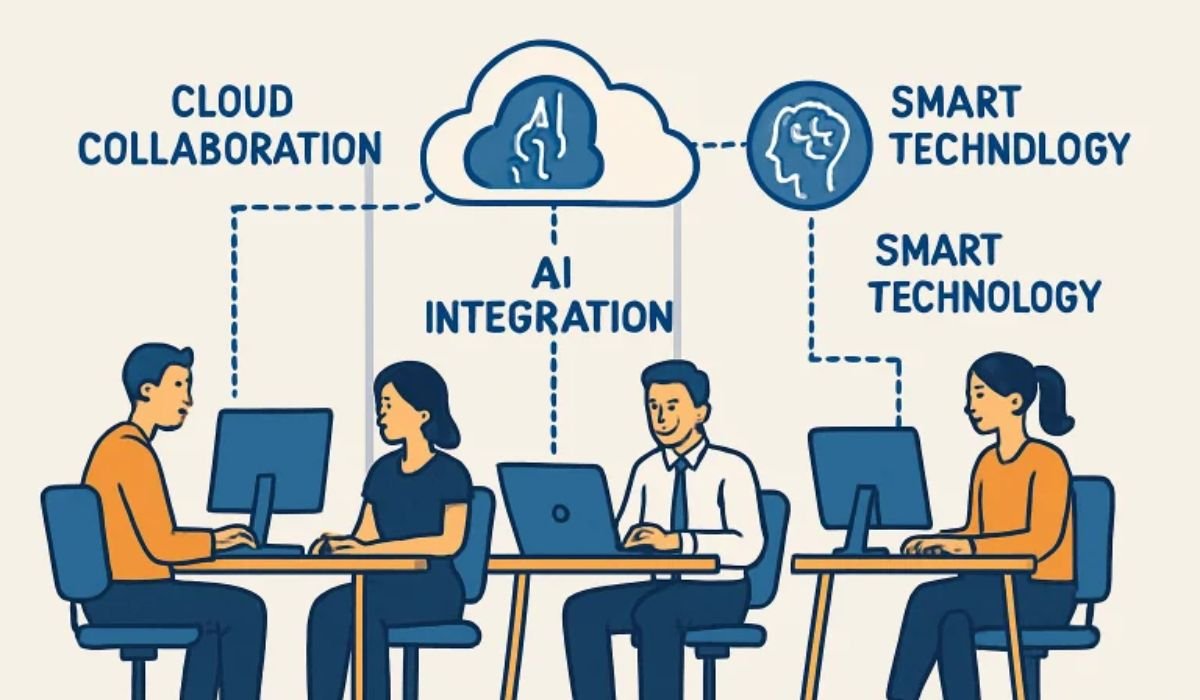Table of Contents
- The Rise of On-Demand Delivery Expectations
- Key Technologies Redefining Same-Day Delivery
- The Role Of Data and Automation in Logistics
- How Real-Time Tracking Improves Customer Experience
- Environmental Impacts and Innovations in Sustainability
- Impacts on the Workforce and the Gig Economy
- Challenges Facing Same-Day Delivery Companies
- What the Future May Hold For Same-Day Delivery
- Top 10 Same-Day Delivery Services
- Future of Same-Day Delivery in The On-Demand Economy
The Rise of On-Demand Delivery Expectations
Consumer demand for rapid and convenient delivery has increased significantly, driven by the growth of e-commerce and a growing preference for instant gratification. This shift has compelled the logistics industry to innovate, with same-day delivery becoming a benchmark for various products. For example, Valdosta Delivery Service now offers local options that meet these expectations. Consumers across all locations expect transparency and speed in order fulfillment, leading logistics providers to integrate advanced technology, such as mobile apps and optimized routing, with local expertise. This evolving landscape is crucial for business competitiveness, as evidenced by a McKinsey report stating that approximately 25% of consumers are willing to pay a premium for same-day or instant delivery services.
Key Technologies Redefining Same-Day Delivery
The evolution of same-day delivery is critically dependent on technological advancements. Sophisticated routing algorithms, which dynamically optimize routes based on real-time traffic data, delivery windows, and vehicle capacity, are central to modern operations, reducing delays and increasing delivery efficiency. Warehouse automation, which involves robots and automated sorting systems, enhances the speed and accuracy of order preparation. Furthermore, the introduction of delivery drones and robots is beginning to transform the final stage of delivery, particularly for routine routes and hard-to-reach locations. Mobile platforms serve as a vital component of this technological ecosystem, facilitating instant communication among dispatchers, drivers, and customers, thereby improving schedule adherence and enabling on-the-fly route adjustments to overcome obstacles. This integrated technological approach ensures a seamless connection between warehouses and customers, even within complex urban settings.
The Role Of Data and Automation in Logistics
Modern delivery relies on data insights and automation. AI and predictive analytics are vital for logistics, forecasting demand and adapting to order changes in real time. Predictive analytics, using historical and current data, reduces late shipments and improves resource use by identifying and fixing bottlenecks early. Sensors in vehicles and warehouses provide continuous data, generating actionable intelligence. Companies like Amazon and FedEx use robotics and automated conveyors to boost efficiency, increase throughput, and reduce errors.
How Real-Time Tracking Improves Customer Experience
Transparency defines modern logistics, enabling consumers to track shipments via push notifications, live maps, and estimated times through mobile apps, thereby improving the customer experience. This reduces anxiety, builds trust, and turns occasional buyers into repeat customers. Companies like Domino’s and USPS show that openly sharing progress boosts satisfaction. Studies reveal customers forgive minor delays if kept informed, and feedback supports the value of these systems, raising industry standards. For more information on delivery trends, see the Wall Street Journal article about how changing delivery preferences are affecting online retailers.
Environmental Impacts and Innovations in Sustainability
As same-day delivery grows, environmental concerns over energy use and emissions increase. Urban congestion, repeated trips, and fuel consumption boost the carbon footprint. Logistics providers are adopting electric vehicles and eco-friendly options. Companies are exploring bicycles, solar depots, and packaging to reduce waste. The key challenge is balancing speed with sustainability. Solutions like combining packages and micro-fulfillment centers help reduce emissions while ensuring fast delivery.
Impacts on the Workforce and the Gig Economy
The rapid growth of same-day delivery has boosted the gig economy, where independent contractors handle many requests daily. Technology platforms connect drivers to jobs instantly and manage workflows that once needed human dispatch. Route optimization tools make shifts more efficient and reduce downtime. Although automation reduces dependence on human labor in some areas, people remain vital for complex last-mile deliveries. As drones and robots become more common, the industry will likely adopt a hybrid workforce. Human drivers, customer service staff, and technical operators will be essential for reliability and personalized service in same-day deliveries.
Challenges Facing Same-Day Delivery Companies
Despite these technological advances, delivery companies continue to face numerous challenges. Urban congestion impedes on-time performance, while rural areas present accessibility hurdles due to distance and lower order density. Both issues require innovative thinking: from smart distribution hubs in cities to crowdsourced fulfillment models in remote regions.
Managing costs while maintaining service levels is a continuous challenge. Traditional courier models struggle to compete with tech-driven upstarts that leverage automation on a large scale. The industry’s future likely rests on blending established expertise with cutting-edge technology to keep costs manageable without sacrificing the speed or flexibility that modern consumers demand.
What the Future May Hold For Same-Day Delivery
The next wave of same-day delivery features better security, like tamper-evident packaging and contactless drop boxes, along with stronger guarantees. Advances such as autonomous vehicles and smart lockers at buildings aim for faster, secure, and convenient delivery. The future of same-day delivery hinges on shifting consumer habits and the adoption of new technologies. Companies that anticipate needs, personalize experiences, and innovate sustainably will lead the industry.
YOU MAY ALSO LIKE: Essential Home Heating Oil Safety Tips for a Secure Winter











